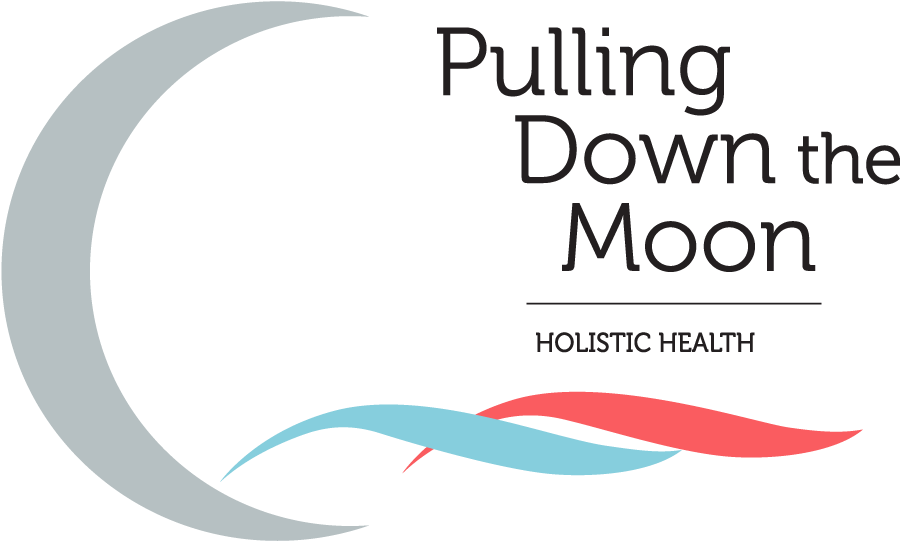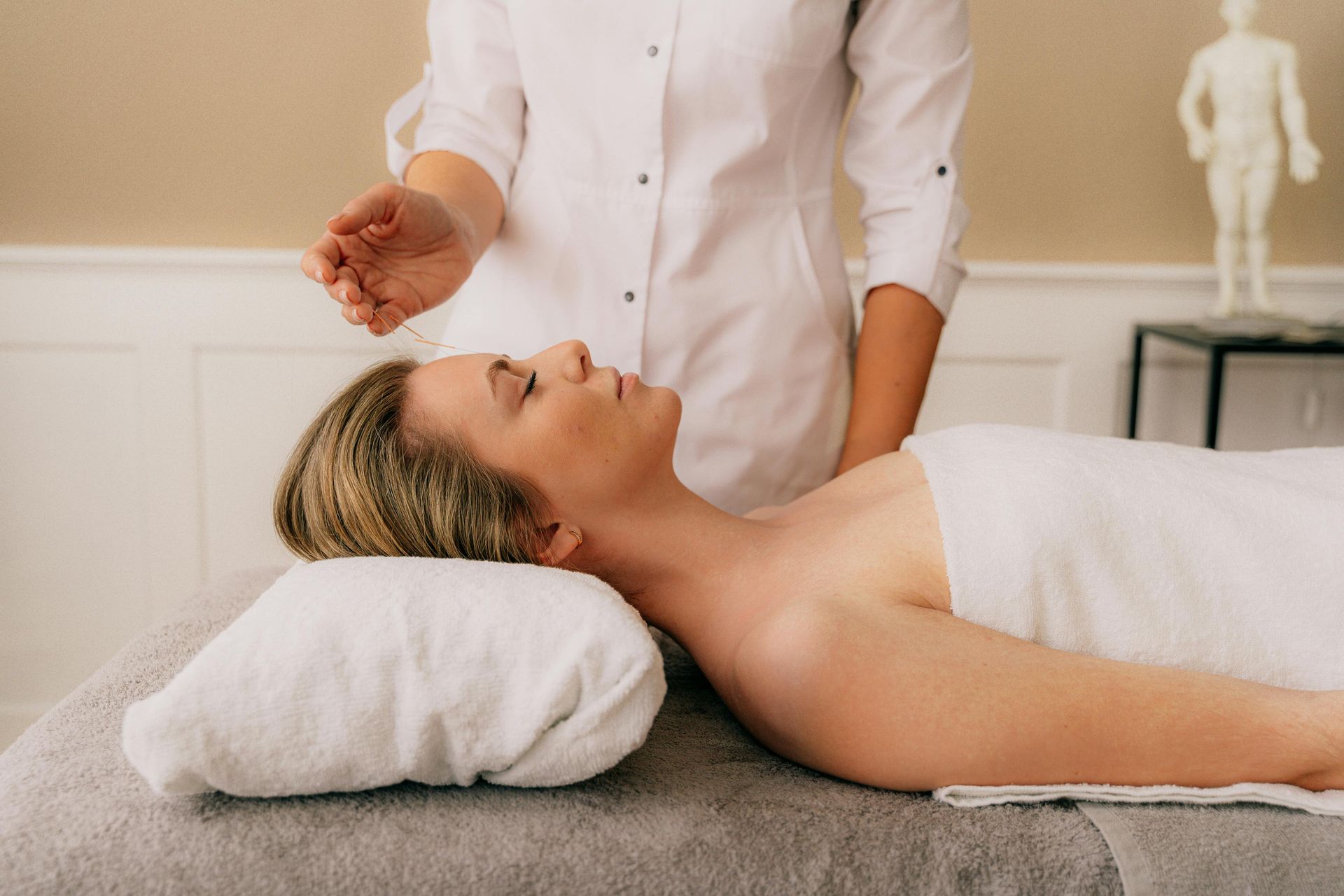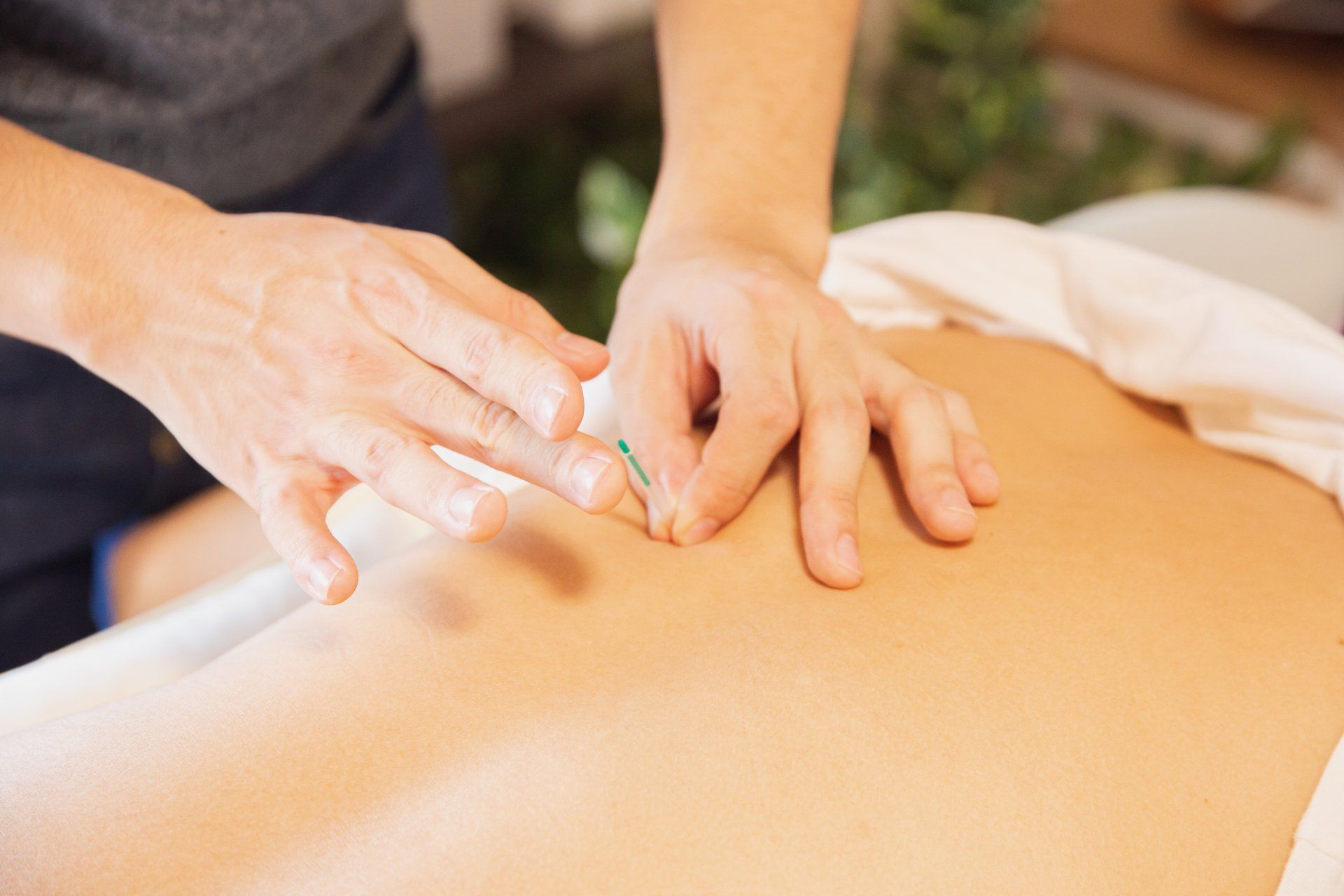PMS, Prostaglandins and Essential Fatty Acids
About 70-90% of women report having uncomfortable symptoms before their period. Most women are very familiar with the symptoms of acne, anxiety, backache, bloating, breast tenderness, cramps, cravings, depression, fatigue, headaches, insomnia, joint pain, nervousness, mood swings, and personality changes. The list it seems includes most everything negative a woman feels on a monthly basis, although some women seem to have it much worse than others. Many women complain that these symptoms last for 2 weeks before menstruation – which equals up to about half of their lives!
Cramps, backaches, breast tenderness, and headaches are some of the common PMS symptoms that actually cause physical pain. What they have in common is the relation to prostaglandin production and balance. Prostaglandins are hormone-like chemicals derived from fatty acids that have a number of different roles in the body. They help promote smooth muscle contraction and blood vessel dilation – essential for a normal menstrual cycle. They also aid in inflammatory processes in the body – causing swelling, stiffness, warmth and pain.
Research has shown that anti-inflammatory prostaglandin production is lower in the luteal phase and higher in the follicular phase of women with PMS versus those without. The key with prostaglandins is for your body to produce more of the anti-inflammatory and less of the inflammatory prostaglandins to prevent PMS pain. So, instead of popping a pain-killer why not try to balance your prostaglandins naturally? How, you ask? One strategy is to balance your intake of essential fatty acids – the precursors to prostaglandins.
Essential fatty acids are just that – fats that the human body cannot produce so must be taken in from the diet. There are only two essential fatty acids – alpha-linolenic acid (ALA), an omega-3 fatty acid, and linoleic acid (LA), an omega-6 fatty acid. All other fatty acids can be synthesized in the body from other fats, making them non-essential. ALA is of such extreme importance because it is the substrate for the very important omega-3 fatty acids, EPA and DHA. DHA is, of course, most known for its role in neurological development and is found in most prenatal vitamins. EPA is lesser known but has become more popular for its anti-inflammatory properties for heart disease and diabetes prevention.
Balancing fatty acids is all about decreasing intake of the “inflammatory” omega-6 fatty acids versus “anti-inflammatory”omega-3 fatty acids in order to have a better omega-6:omega-3 ratio.
Of the two essential fatty acids, ALA is usually the one that is consumed in lower amounts than LA, because the typical American diet includes a lot of heavily processed and fried oils. ALA is a plant-based fatty acid, so dietary sources of ALA include flaxseed oil, walnuts, hemp seeds, soybeans and some dark green leafy vegetables such as kale and chard. The body can convert a small amount (about 5-10%) of these fats into EPA and DHA but the conversion rate is low. EPA and DHA can also be found in cold-water fish such as wild salmon, tuna, halibut and herring. DHA is also found in some algae, so vegetarians and vegans can eat algae-based products to get increased levels of DHA.
LA is also a plant-based fatty acid, and found primarily in oils – such as corn oil, safflower oil, canola oil and sunflower oil. These fats are consumed in abundance in the typical American diet as they are found in fried, fast and processed foods. Ideally, the ratio between LA and ALA is 3:1, however, the standard American diet is much higher at about 15:1 which can contribute to inflammation and chronic disease.
By altering the kinds of fatty acids that you eat to more Alpha Linolenic Acid (omega-3) and less Linoleic Acid (omega-6), it may be possible to effectively produce more anti-inflammatory prostaglandins than inflammatory prostaglandins – thus decreasing some of the pain caused by PMS. For more information about utilizing nutritional strategies to manage PMS, please call (312) 321-0004 or visit www.pullingdownthemoon.com for more info on booking a nutrition appointment. Or, consider our PMS Primer: Holistic Strategies for PMS seminar on November 3 taught by a nutritionist, acupuncturist and a yoga teacher:
Are you a craver or a crab? Headache-y or crampy? Chocolate or potato chips? Join PDtM Practitioners Breea Johnson MS RD, Anna Pyne LAc and Beth Heller, MS for an essential survival guide to PMS (Premenstrual Syndrome). At this seminar you will learn how to manage – and potentially even eradicate – the headaches, bloating, mood swings, anger, cravings and general foulness that many women experience just before menstruation. We explore our individual “PMS personality, and create strategies using nutrition, Traditional Chinese Medicine and yoga to tame the PMS beast within. The class includes nutrition lecture, yoga and pranayama (breathing) practice and a 30 minute group acupuncture session. Please visit www.pullingdownthemoon.com or call (312)321-0004 to sign up.



